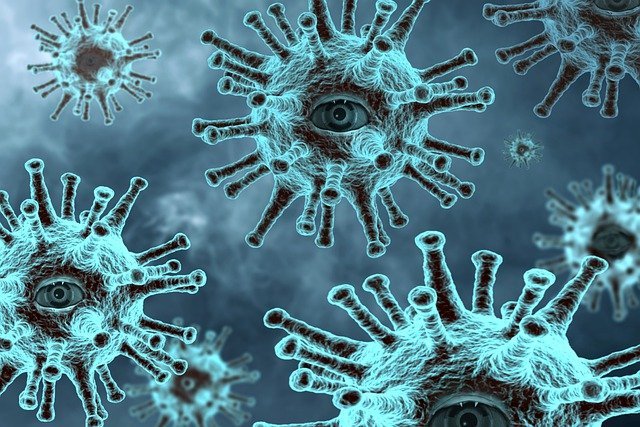Portuguese Prime Minister Costa announced new measures for epidemic prevention and control in a state of emergency on the 21st local time, and took differentiated control measures for areas with different risks to the pandemic.
Costa said at a press conference on the same day that in view of the current epidemic prevention situation and the original goal, Portugal will take stricter epidemic prevention measures from the 24th, including mandatory wearing masks in the workplace and prohibiting the movement of people between cities during holidays.
In addition, different regions implement differentiated control measures according to the level of risk. Cities and regions across the country are divided into four levels: “medium risk”, “high risk”, “extreme high risk” and “ultra high risk” according to the number of confirmed cases per 100,000 residents: less than 240 cases are “medium risk”, “high risk” between 240 and 480 cases, and between 480 cases and 960 cases are “extremely high risk”. “, more than 960 cases are “ultra-high risk”.
Portuguese President de Sousa announced an extension of the national emergency on the 20th to curb the spread of the second wave of COVID-19. He said that the second wave of epidemics may peak at the end of this month and early next month, followed by the third wave of epidemics in January and February next year. He said that early measures must be taken and called on the people to continue to comply with epidemic prevention regulations.
Portugal imposed its first-ever state of emergency on March 19, which ended in early May after two extensions. With the arrival of the second wave of epidemics in autumn and winter, Portugal has declared a 15-day state of emergency again from the 9th of this month.



